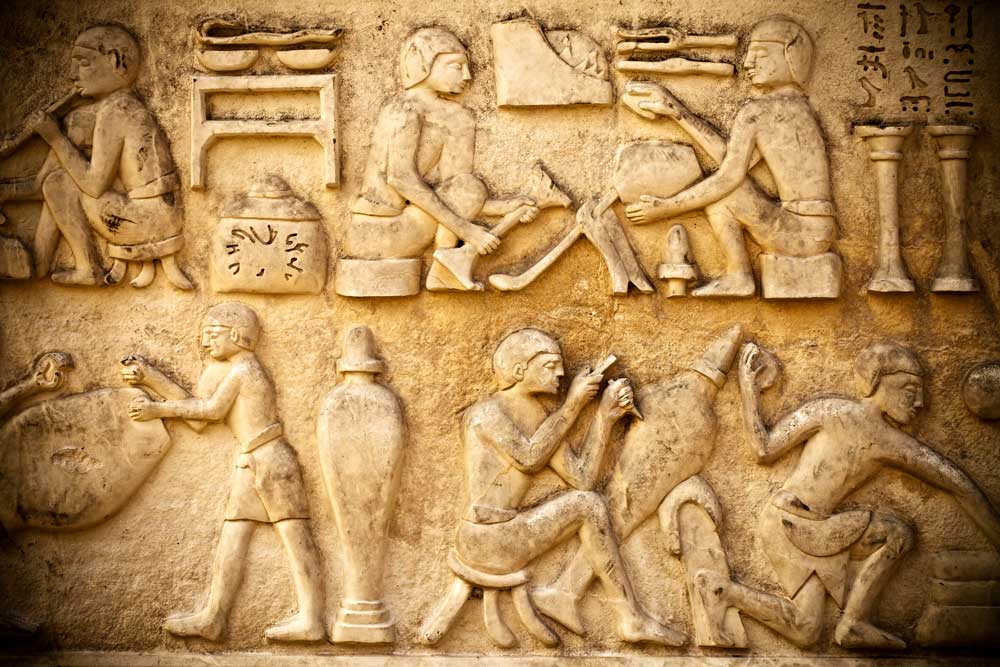Introduction
The War of the Roses, a series of civil conflicts in England during the 15th century, remains a pivotal episode in British history, shaping the political landscape and the monarchy. Spanning from 1455 to 1487, this struggle between the Houses of Lancaster and York—symbolised by the red and white roses respectively—arose from competing claims to the English throne amidst social, economic, and political instability following the Hundred Years’ War. This essay explores the origins of the conflict, key events and turning points, and its lasting impact on English governance. By examining these aspects, the essay aims to provide a broad understanding of the war’s significance, while acknowledging the complexity of interpreting historical motivations and outcomes.
Origins of the Conflict
The roots of the War of the Roses can be traced to the dynastic disputes following the reign of Edward III (1327–1377), whose numerous descendants created rival claims to the throne. The Lancastrian line, established through Edward’s son John of Gaunt, held power under Henry VI, whose weak leadership and mental instability exacerbated tensions. Conversely, the Yorkist claim, stemming from Edward III’s son Lionel of Antwerp and Edmund of Langley, gained momentum under Richard, Duke of York, who challenged Henry VI’s legitimacy. Additionally, the economic hardship and social unrest following England’s loss in the Hundred Years’ War (1337–1453) fuelled discontent, as nobles sought greater influence over a faltering monarchy (Carpenter, 1997). This volatile context arguably set the stage for open conflict, though historians debate whether personal rivalries or broader systemic issues were the primary catalysts.
Key Events and Turning Points
The war officially began with the First Battle of St Albans in 1455, where Yorkist forces, led by Richard of York, defeated Lancastrian troops, securing temporary control. However, the conflict was far from linear, marked by intermittent truces and shifting allegiances. A critical turning point came in 1461 when Edward IV, a Yorkist, claimed the throne after the Battle of Towton, one of the bloodiest encounters of the war, with thousands reportedly killed (Hicks, 2002). Yet, instability persisted, as Henry VI briefly regained power in 1470–1471 with the support of Margaret of Anjou, only to be decisively defeated at the Battles of Barnet and Tewkesbury in 1471. The war concluded in 1485 at the Battle of Bosworth, where Henry Tudor, representing the Lancastrian cause, defeated Richard III, the last Yorkist king, thus establishing the Tudor dynasty (Ross, 1997). These events illustrate the war’s protracted and brutal nature, highlighting the fragility of political loyalty during this era.
Impact and Legacy
The War of the Roses had profound implications for English society and governance. Politically, it weakened the medieval feudal system as numerous noble families perished or lost influence, paving the way for a more centralised monarchy under the Tudors. Furthermore, Henry VII’s marriage to Elizabeth of York symbolically united the warring houses, though tensions lingered. Socially, the conflict deepened divisions, yet it also marked a transition toward early modern state-building, as monarchs increasingly relied on professional armies rather than feudal levies (Carpenter, 1997). While some historians argue the war delayed England’s cultural and economic development, others suggest it indirectly fostered a stronger national identity by resolving dynastic ambiguity (Hicks, 2002). Indeed, the war’s legacy remains a subject of debate, reflecting the challenges of assessing long-term historical consequences.
Conclusion
In conclusion, the War of the Roses was a defining conflict in English history, rooted in dynastic rivalry and exacerbated by political and social instability. Through key battles and shifting power dynamics, it reshaped the monarchy, culminating in the rise of the Tudor dynasty. Its legacy, while complex, generally contributed to the centralisation of power, though at great human and societal cost. This essay has highlighted the war’s causes, major events, and lasting effects, demonstrating its significance in understanding medieval England’s transition to the early modern period. Further exploration of individual motivations and regional perspectives could deepen this analysis, underscoring the multifaceted nature of historical interpretation.
References
- Carpenter, C. (1997) The Wars of the Roses: Politics and the Constitution in England, c.1437–1509. Cambridge University Press.
- Hicks, M. (2002) The Wars of the Roses. Yale University Press.
- Ross, C. (1997) Edward IV. Yale University Press.


